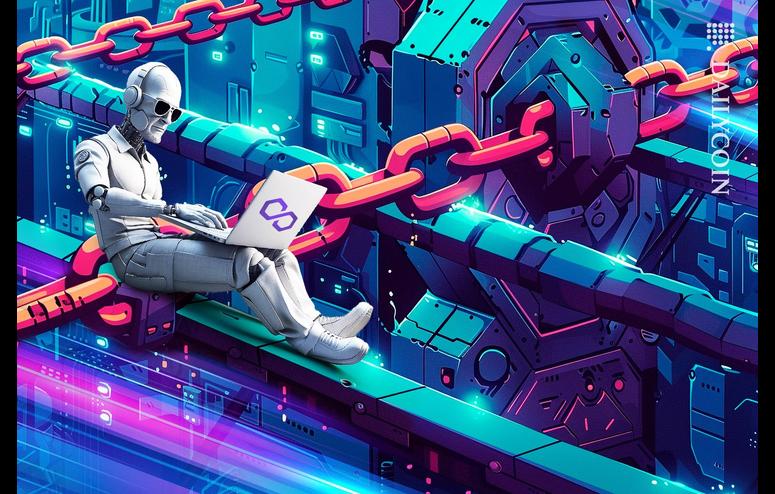Polygon Plans to Unite All Blockchains, CEO Explains How

Polygon upgrades MATIC to POL with major changes.
AggLayer to connect Web3 with ‘infinite scalability.’
Blockchain network fragmentation is a major issue.
While the focus on blockchain interoperability is growing, major challenges remain. The biggest layer 1 platforms, including Ethereum, Solana, BSC, Base, and others, don’t work well together. The transactions across these chains are costly and often exposed to major vulnerabilities. Sponsored
Polygon’s latest upgrade wants to change this. According to Polygon Labs CEO Marc Boiron, the project will work on bringing all blockchains together with infinite scalability.
Cross-chain interoperability continues to be a major hindrance to the technology. In a recent interview, Polygon Labs CEO Marc Boiron revealed how the planned Polygon upgrade will work on fixing this issue.
The key to the upgrade is AggLayer, short for Aggregation Layer, which aims to connect all blockchains. Boiron explains that AggLayer is a universal protocol to connect L1 and L2 networks. “It’s not just about L2s, it’s not just about Ethereum. It’s about bringing all of Web3 together,” Boiron stressed.
A key part of this is AggLayer’s ability to create “infinite scalability.” This refers to expanding blockchain capabilities beyond their native limitations in transaction speed, congestion, and fees. AggLayer could achieve this through ZK (zero-knowledge) proofs, which bundle multiple transactions into one across chains and help scale networks.
Cross-Chain Solutions Still Costly, Unsafe
Cross-chain fragmentation has long been a hurdle for blockchain users. Transferring assets from one between different networks can be a major challenge and often involves major security vulnerabilities.
Blockchain bridges involve a complex operation of locking up tokens on one network and creating alternative tokens on the other. However, this process relies on intermediaries, which are a major bottleneck.
More often than not, cross-chain bridges only make the news when they are hacked. In the last few months, hackers have been gaining access to Nomad Bridge, Orbit Bridge, Ronin Bridge, and Multichain Bridge, to name a few.
On the Flipside
This is not Polygon’s first rebrand. Launched in 2017, it was originally named the Matic Network.
Polygon’s latest upgrade features major changes to its tokenomics, staking, and more.
Why This Matters
Cross-chain interoperability is one of the key pain points for users holding different kinds of assets. Any network that fixes this problem will be in a strong position to grow.
Read more about Polygon’s latest update: Polygon’s MATIC to POL Upgrade Goes Live: What Changes and What’s Next?Read more about Web3 taking on the creator economy. Solana-Based DRiP Raises $8M to Empower Creators
.social-share-icons { display: flex; flex-direction: row; margin-top: 32px; margin-bottom: 16px; gap: 8px; } .social-share-icons a { display: inline-block; color: #555; text-decoration: none; } .social-share-icons svg { width: 31px; height: 31px; }
